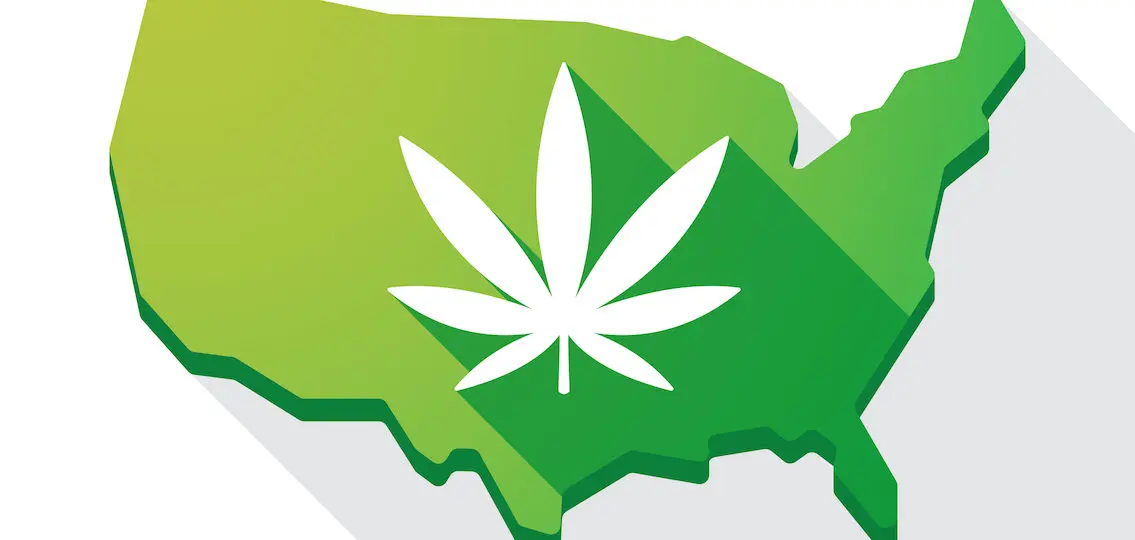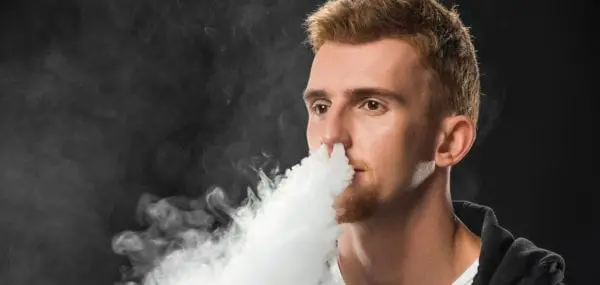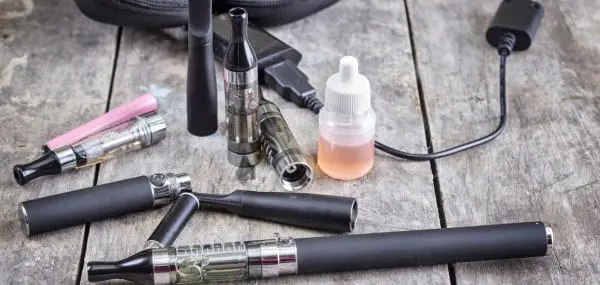As I drive with my daughter in the passenger seat, the pungent skunky-sweet scent of pot fills our car interior. I joke with her, asking if the scent is left over from her driving our car. She’s quick to say she hates this smell. My words overlap with hers as I note that I know it’s actually from someone nearby who is smoking weed.
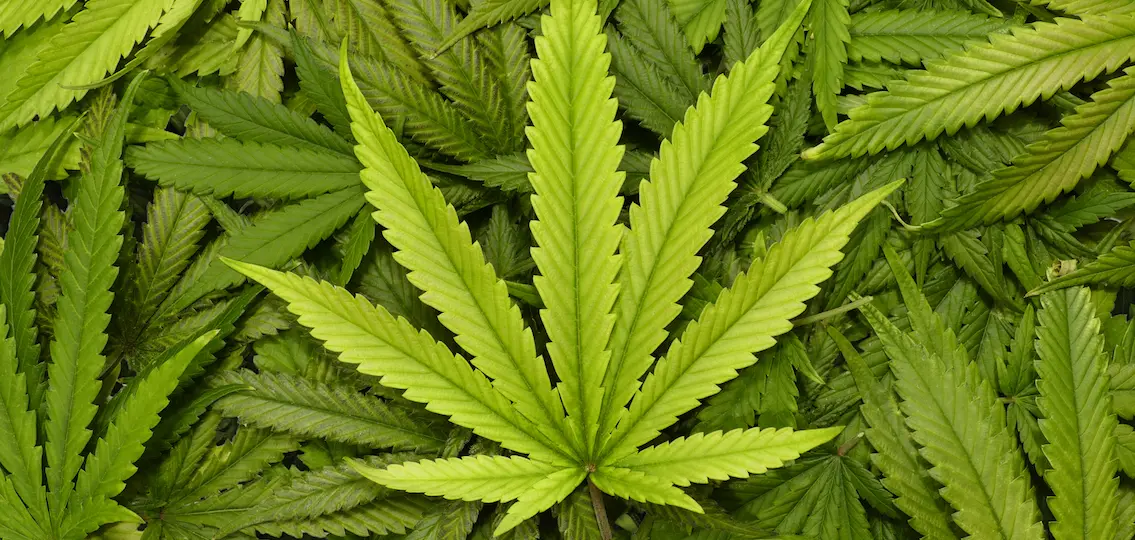
For my family, conversations like this have been commonplace since Washington State legalized the sale of recreational marijuana in 2014. Two recreational pot shops sell their wares within two blocks of my house. The scent of pot often pervades our spaces.
As a parent, I wonder if I have more to worry about because recreational pot usage for people age 21 and over is legal in our state. And I also know parents everywhere are concerned that the legalization trend can make teens think pot use is less risky, even in states where it’s still illegal.
“The first thing I’d say to parents is that the sky isn’t falling … yet,” says Kevin Haggerty, a professor in social work and prevention at University of Washington in Seattle. Initial use for 8th and 10th grade students in Washington has gone down slightly, and usage for 12th graders has stayed flat since 2014, according to the state’s 2016 Healthy Youth Survey (the most recent data available). After parents learn the facts regarding marijuana, Haggerty believes parents should set up clear guidelines and consequences for their teens.
Just eight years ago, it was illegal to use marijuana recreationally across the United States.
Since 2012, though, 11 states and the District of Columbia have legalized the use of recreational pot, and in late 2018, Canada joined these U.S. states. As the law evolves, attitudes are changing, too. Teenagers perceive less risk in regular marijuana usage, according to the Healthy Youth Survey data from Washington state. It’s not just teens, either. A 2017 Gallup poll showed that 64% of Americans favor legalization, the highest percentage ever recorded.
“Fewer students in our schools perceive that regular marijuana usage is risky. And fewer students think their families and communities see pot usage as unfavorable,” says Lisa Davidson, the manager of prevention and intervention at Seattle Public Schools. This shift in perception hasn’t yet translated into more kids using marijuana, but Davidson worries that future studies will show this correlation.
Will Daily Use of Marijuana Rise?
Haggerty is concerned that daily usage is going up for teens who already use marijuana and also for 18- to 24-year-olds. Parents also need to know that this is not the pot they grew up with in their childhood. In the 1970s, marijuana contained 4 to 7 percent THC, which is the primary intoxicant compound in marijuana. Pot that is inhaled, smoked, and vaped today usually contains 18 to 24 percent THC. Edibles can contain up to 82 percent THC.
“We simply don’t know what the full impact of using high levels of THC is on young brains and bodies,” says Haggerty. A recent study shows that teenagers who start using marijuana on a regular basis may suffer lasting repercussions in their thinking ability. This study, which followed more than 3,800 adolescents from Montreal-area schools for four years, concluded that marijuana use damaged teenagers’ long-term cognitive abilities more than alcohol usage.
Scare Tactics Don’t Work
While parents might wish to begin by reciting these statistics to their kids, scare tactic lectures don’t work with teens, says Davidson. She encourages parents to start asking questions instead, creating a comfortable situation where talking about pot becomes routine.
“Have simple, shorter conversations in the car rather than hour-long lectures at the table.”
“Casually ask them, ‘What’s the deal with vaping marijuana?’ Have they seen people do that? Don’t let the implication be that you want to know so you can tell their friend’s mom,” says Davidson. “Just show your child that you are open to talking, that you are interested and care about them. Be curious and follow their lead. Maybe when you hear a song or watch a TV show or movie together that glamorizes pot, ask what they think.”
And keep it quick, she says. “Have simple, shorter conversations in the car rather than hour-long lectures at the table.”
Once you’ve opened the lines of communication, then it’s time to share knowledge and your opinion.
As part of an ongoing conversation, Davidson suggests parents educate their kids about the short-term implications of using pot. After kids get high, they immediately suffer a loss of short-term memory and problem-solving skills.
“Tell your kids that if they are high at school, they will remember how to get home, but they won’t remember what they learned in math class that day,” says Davidson.
“Let them know that using marijuana can distract them from the positive aspects of their lives, like being in theater or playing soccer. It might impact their friendships. They’ll be short of breath on the soccer field or unable to project onstage during theater or choir.”
Many parents used to be comfortable just saying, “It’s illegal. Don’t do it.” But with legalization growing and the stigma fading, the minimum goal of all these conversations is to delay initial use of marijuana. Right now, 78 percent of first-time use happens between the age of 12 and 20.
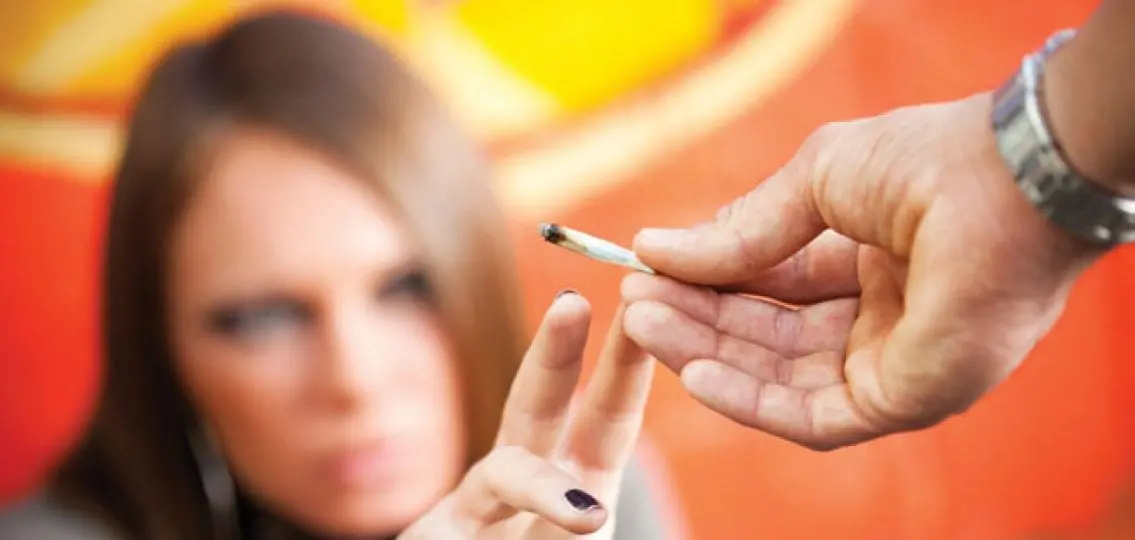
The longer that age of initial use is delayed, the better, says Davidson, who notes that brains are under development until age 25 or 26. “It’s okay to say, ‘Please wait to try pot until you are 26 even though the legal age is 21. This is your brain; let’s not mess it up.’”
